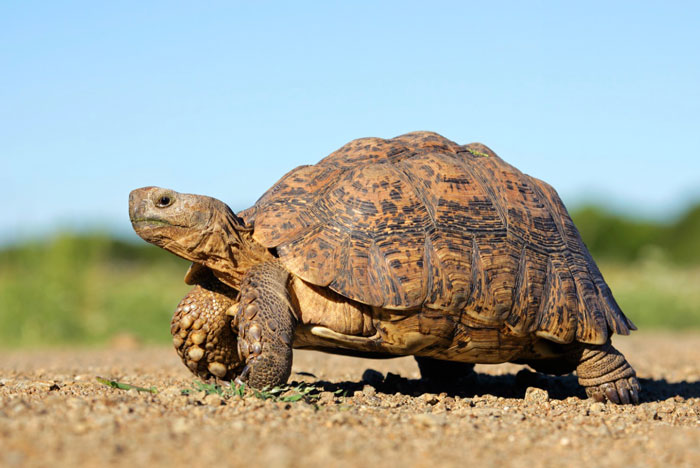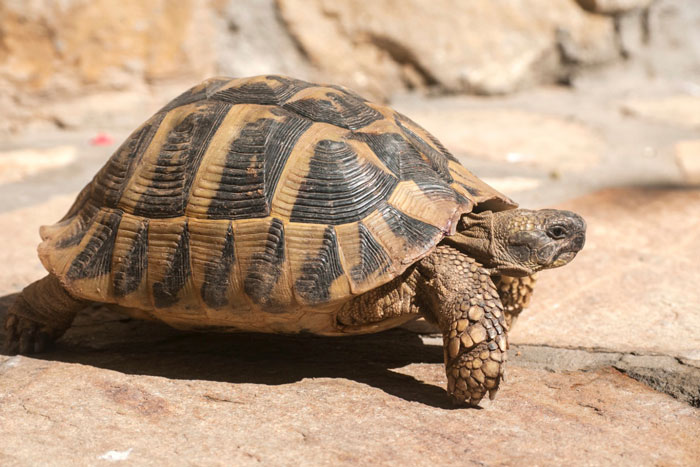Turtle vs Tortoise: Understanding the Key Differences
Turtles and tortoises are often confused due to their similar appearances, but they belong to distinct categories within the reptile family. Understanding the differences between these species is crucial for both reptile enthusiasts and beginners. Let’s dive into the unique characteristics that set turtles and tortoises apart.

What Is a Tortoise?
A tortoise is a land-dwelling reptile characterized by a dome-shaped shell, which provides protection from predators. Unlike their aquatic relatives, tortoises are adapted to a terrestrial lifestyle. They can be found in various habitats ranging from deserts to forests.
Tortoises have sturdy, elephant-like legs that are designed for walking on land. Their diet mainly consists of grasses, flowers, and fruits, making them herbivores. One notable feature of tortoises is their long lifespan, with some species living for over 100 years.

Unlike turtles, tortoises lack webbed feet, an adaptation necessary for swimming. This anatomical difference highlights their incompatibility with aquatic environments. They are also known for their slow movements, attributed to their heavy shells and leg structure.
Tortoises are solitary creatures, preferring to live alone rather than in groups. They are most active during the day and spend their nights hidden in burrows or under vegetation. This behavior helps them regulate their body temperature and maintain moisture levels.
Are Tortoises Turtles?
Tortoises and turtles belong to the taxonomic order Testudines, which makes them closely related. However, this doesn’t mean they are the same. The primary distinction between them lies in their habitat and anatomy.
Turtles are generally adapted to aquatic or semi-aquatic environments. They have streamlined shells and webbed feet, making them excellent swimmers. In contrast, tortoises are exclusively land-dwellers with dome-shaped shells and sturdy legs designed for walking.
While all tortoises are turtles because they share a common ancestry, not all turtles are tortoises. The term “turtle” is a general descriptor that encompasses both land and aquatic species. This broad classification can lead to confusion, but understanding these differences clarifies their unique adaptations.
How to Tell Tortoises from Other Turtles?
Identifying tortoises from other turtles involves examining specific physical traits and behaviors. Here are some key indicators:
Understanding these distinctions can help in correctly identifying and classifying these fascinating reptiles.
Conclusion
Both turtles and tortoises play unique roles in their ecosystems and have developed amazing adaptations to thrive in their respective environments. By understanding the differences in their anatomical features, behaviors, and habitats, we can appreciate the diversity in the reptile world. Whether you’re a reptile enthusiast or a curious beginner, this guide aims to provide a clear and detailed understanding of the key differences between turtles and tortoises.
FAQs
Why do tortoises walk so slowly?
Tortoises walk slowly because of their heavy, dome-shaped shells and stout, elephantine legs designed for stability rather than speed.
Can a tortoise live in water?
Tortoises are strictly land-dwelling reptiles and cannot live in water. Their anatomy and respiratory system aren’t suited for aquatic life.
Which lives longer tortoise or turtle?
Tortoises generally live longer than most turtles. Some tortoise species can live well over 100 years, while many turtle species have shorter lifespans.
